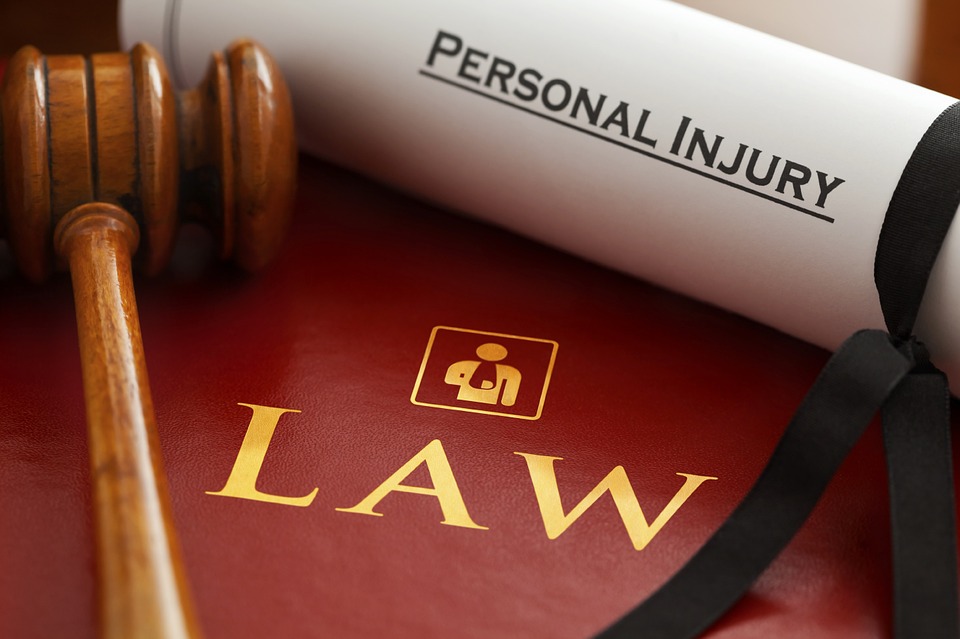Your home is a place of comfort and belonging. You want your family and guests to feel safe there. But what if your home is full of accidents waiting to happen?

Most homes are not proverbial death traps, but they do contain hazards that you might not immediately recognize. The last thing you want is for someone to get hurt. Not only would you feel terrible, but you could also be served with a personal injury lawsuit.
For the safety of your family and all your visitors, recognize the risks in your home and take steps to correct them. Here are a few things you should do:
1. Rickety Stair Rails
Slip and fall accidents are among the most common in the home. They may occur because someone is clumsy, so there’s nothing you can do about that. However, if the accident is the result of a rickety stair rail, you’ll be at fault.
Keep an eye out for other hazards that might cause someone to fall. Wet floors, objects in the walking path, holes in the floor, and other obvious hazards should be removed.
2. Faulty Wiring
According to FEMA, 31 percent of residential electrical fires are caused by faulty wiring. Old wiring that has not been properly insulated can spark and cause fire. It’s extremely dangerous, and although it’s an expensive update, it’s essential for the safety of your home.
3. No Carbon Monoxide Detectors
Carbon monoxide is a silent, odorless gas that’s extremely dangerous. A leak in your home could be fatal. This tragedy accounts for 430 deaths and 50,000 emergency room visits every year, according to CDC research.
Protecting your family and others from carbon monoxide poisoning is as simple as installing detectors in your home. They’ll alert you of any leaks so that you can evacuate the home before it’s too late.
4. Window Treatment Cords
Long window cords that reach the ground present a strangulation hazard for dogs, babies, and small children. They may become entangled and unable to free themselves. This accounts for two ER visits per day—sometimes, the injury is fatal.
You can avoid this problem by moving cords out of reach. You might also consider switching out your blinds for a safer alternative, like drapes that don’t reach the ground.
5. Unlocked Chemicals
We don’t think about our cleaning supplies as dangerous, but they are. If ingested, household cleaners could cause severe GI stress. In some cases, it could be fatal.
When children are present, chemicals should be locked away in a cupboard or sit on a high, enclosed shelf. If your kids are likely to eat laundry detergent pods, these should also be locked away for their safety.
6. Unsecured Swimming Pool
A swimming pool is a source of fun and relaxation for your family and friends—but it’s also a source of danger. Children who can’t swim could easily drown, especially if there’s no one present to rescue them.
Enact swimming pool safety precautions to avoid disaster. Install a fence around the pool to keep small children out. Have life jackets and floating toys for children to use while supervised.
You’ll also want to ensure your children have swimming lessons. You may set a rule that only those who can swim can use your pool as an extra precaution.
7. Objects out of Place

An untidy, unorganized house and yard is not harmless. It could cause numerous accidents, from falls to cuts. It’s important to keep items off the floor and out of reach of children, especially when others are visiting.
This goes beyond trip hazards. As an example, imagine a crawling baby choking on a Lego piece that was left out. Or, a child could pick up a hand saw from a previous project and cut themselves.
Cleaning up after yourself and keeping an orderly home are key to protecting anyone present on your property. You’ll be grateful you took the time to correct any hazards before a serious accident occurred.












